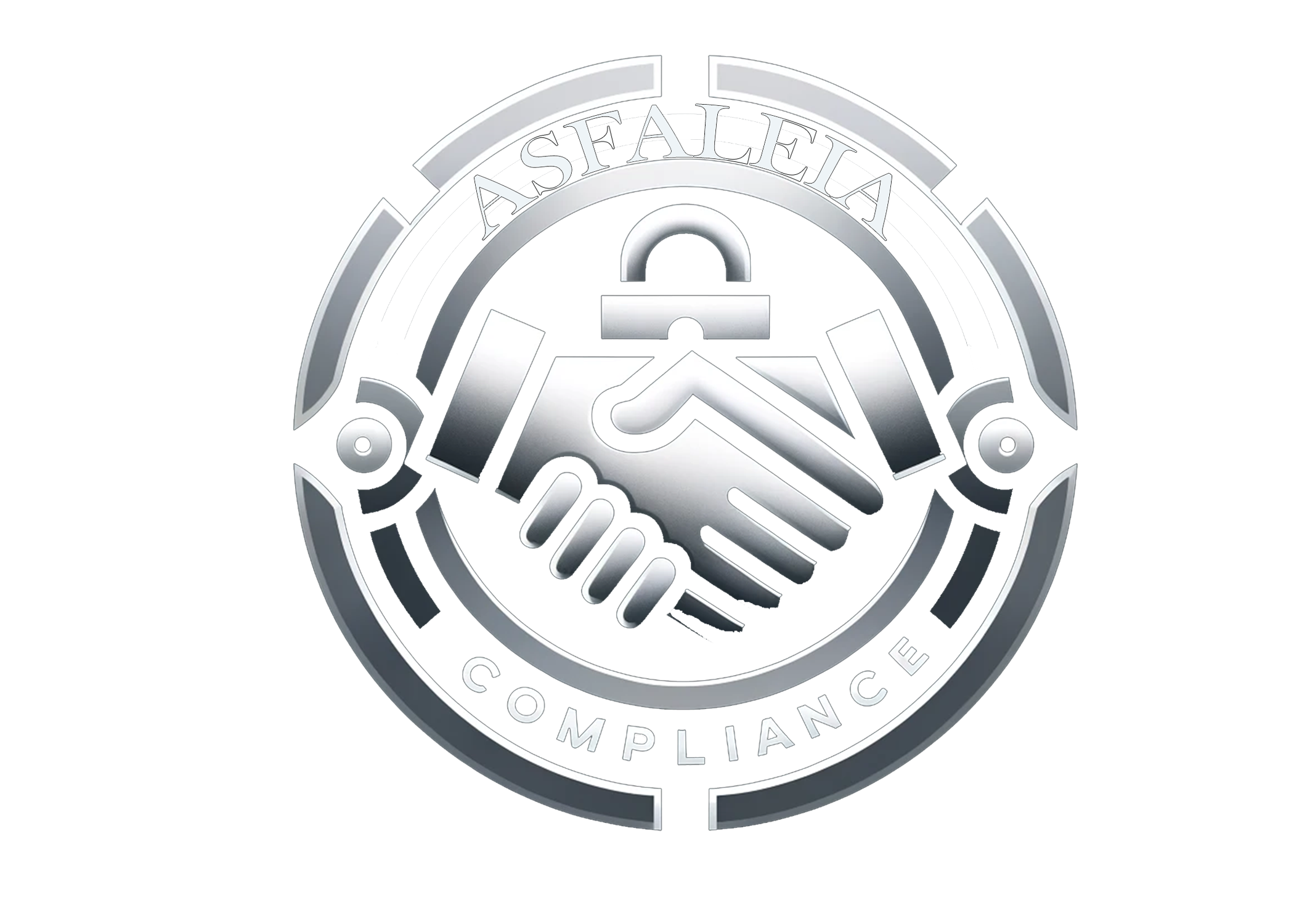Enhancing Trust and Compliance
AICPA Trust Services Principles for SOC 2 Audits
SOC 1 audits involve internal controls pertaining to financial reporting, while SOC 2 audits examine controls of a service organization according to five Principles and Criteria for Trust Services.
SOC 2 reports and control implementation are unique to each organization, as opposed to standards like PCI DSS, which provides a linear and structured framework for control.
Developed by the American Institute of CPAs (AICPA), the SOC 2 standard consists of a set of principles centered on managing customer data. In accordance with the applicable trust services principles, each organization designs its security controls based on the system description.
To safeguard against unauthorized physical and logical access, stringent protective measures are implemented to fortify the system.
- Protect InformationSafeguard information throughout its lifecycle – collection, use, processing, transmission, and storage
- Fortify SystemsPrevent breakdowns, system failures, theft, misuse,
and unauthorized access - Safe, Reliable, and ConfidentialMitigate risks of incorrect processing, data removal,
alteration, destruction, or disclosure
The system is consistently accessible and operational, aligning with predetermined agreements and expectations.
- Information and systems readily accessible for operations
- Meets entity objectives and customer needs
- Controls for operational accessibility, monitoring, and maintenance
Accurate, timely, and authorized processing by the system.
- Complete, valid, accurate, timely, and authorized system processing
- Meets entity objectives
- Error-free, prompt, and secure functioning
System processing is diligently executed, ensuring completeness, accuracy, timeliness, and authorization of all operations.
- Preserves confidentiality from creation to disposal
- Covers various types of sensitive information, including personal and proprietary
- Compliance with laws, regulations, contracts, and agreements
- Differentiated from privacy, which focuses on personal information
Safeguarding personal information by compliant handling of personal data.
Privacy Criteria:
- Notice and clear communication of privacy objectives
- Choice and consent for individuals
- Responsible collection, use, retention, and disposal of personal information
- Transparent disclosure and breach notifications
- Access to personal information for review and correction
- Maintaining data accuracy and relevance
- Robust monitoring and enforcement procedures
- Ensure data privacy, trust, and compliance.
- Data quality
- Monitoring and enforcement

